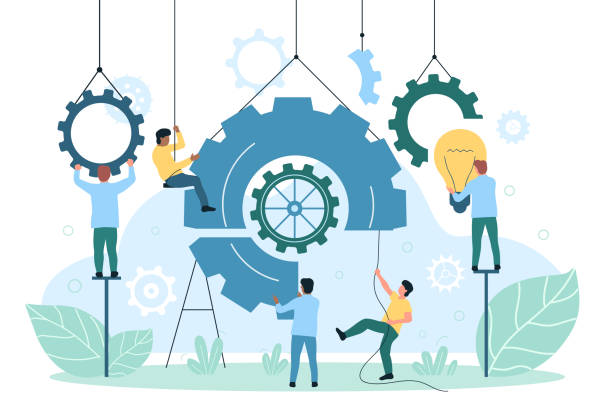Gamification of Soft Skills For Leadership Development

Gamification of Soft Skills – Being a leader means having many different skills, and you need to keep learning and improving them.
Leaders often need to attend long and boring training and workshops to get better at their people skills, like talking to others, working together, solving problems, and thinking carefully.
However, the old ways of learning haven’t been very good at keeping students interested and helping them remember things for a long time.
This is how gamification helps. Adding game elements to teaching soft skills and learning has proven to make learning more fun, interesting, and successful. Let’s find out how playing games can help leaders develop.
Read: The Innovative Future of Gamification In EdTech
Gamification of Soft Skills For Leadership Development
Increased Engagement and Motivation

This method works well because it uses people’s natural desire to compete, achieve, and be recognized.
When leaders play games to learn, they are more likely to stay interested in their tasks, try to do well, and have fun learning.
Also, gamification gives quick feedback like progress bars and leaderboards. This helps people feel like they have control over their learning and stay focused.
Establish Diverse Learning Possibilities
Students have different needs, ways of learning, and things they like. Gamification can change to fit each person and give them personalized lessons that meet their needs.
One way to learn leadership skills is through a gamified program that has different levels of difficulty. This allows people to choose a level that fits their skills or push themselves to try harder levels.
Furthermore, gamification can offer different ways to reach the same learning objectives, giving learners the option to pick the way that matches their interests or needs.
Furthermore, gamification can help people think about themselves and see how they’re doing so they can get better at things.
A study by Zippia found that 30% of the 500 businesses surveyed said that using games at work made them want to work more.
Increased ROI
Implementing a gamified leadership development program can deliver significant return on investment (ROI) and business impact.
Gamification can reduce training and development costs by reducing travel costs, instructor fees, and equipment costs. It can also increase efficiency by reducing the time it takes to complete a task or program.
Additionally, gamification can improve business results by enhancing leadership skills critical to achieving strategic goals, such as innovation, agility, collaboration, and customer satisfaction. row
Transfer Learning and Enhanced Retention
One of the challenges of traditional learning programs is that learners often forget what they have learned after a while. Additionally, they may not be able to use their learning to solve problems in real-world contexts.
Gamification solves this problem by providing a variety of opportunities for learners to apply their soft skills to different situations in a safe and controlled environment.
That way, learners can solidify their knowledge and practice their skills over and over again until they become second nature.
Additionally, gamification can facilitate the transfer of learning, that is, the ability to apply knowledge and skills acquired in one context to another. Gamification can create simulations or challenges that resemble work environments where learners can use their soft skills.
Fosters Social Learning
Administration frequently includes working with others and building connections. Gamification can encourage collaboration and social learning by making a sense of community and straightforwardness.
A gamified authority advancement program can give a leaderboard or positioning framework that permits pioneers from diverse groups or offices to compete or collaborate.
They can too lock in in social learning through dialog gatherings, reenactments, and challenges that require cooperation and communication.
Moreover, gamification can advance peer input and mentoring, permitting learners to memorize from their peers and share their thoughts and encounters.
Play Free Poker Card Game Online
Conclusion
Leaders need to always improve their people skills to stay in the lead. Gamification helps people become better leaders by adding game elements into how they learn.
Gamification can change leadership development by getting people more involved, helping them stay interested, giving them individualized learning, encouraging them to work together, and making the business more successful.
As leaders, it’s important to use gamification to improve learning and encourage ongoing learning in our organizations.







